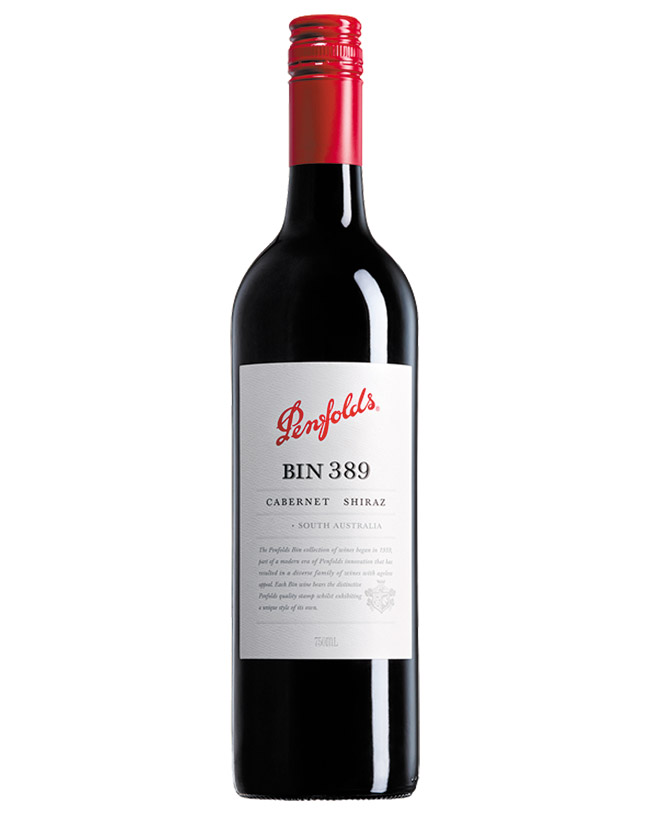Tasting The Best Australia Has To Offer
If anyone asks you about Australian wine, what do you think of? Do you think of the ubiquitous Kangaroo-labeled bottle? Do you instantly think of the Shiraz grape?
When I think of Australian wine, there is one name that comes to mind that has been Australia’s greatest wine name for over 50 years: Penfolds. I was treated to an intimate and educational tasting of Penfolds red wines with the effusive and ever informative DLynne Proctor, Penfolds’ Winemaking Ambassador to the Americas. You may remember DLynne from the movie SOMM.
I was delighted to be invited, as I have not had a comprehensive tasting of Penfolds’ wines in some time. I was reminded why Penfolds is the most heralded name in Australian wine.
The heritage of Penfolds goes all the way back to 1844 when it was founded by Dr. Christopher Rawson and his wife Mary Penfold. They made fortified wines for colonials, but a young cellar hand by the name of Max Schubert was to change the history of Australian wines forever. After visiting France in the late 1940s, Schubert returned inspired to create something equivalent to France’s best wines. So in 1951 — in secret — he created Australian’s most iconic wine, Penfolds Grange. With an unbroken line of vintages, Penfolds Grange is still Australia’s greatest Shiraz.
But the Penfolds story is not only about Grange. DLynne started our tasting with the 2012 Bin 9 Cabernet Sauvignon ($22), which comes mostly from McClaren Vale, Barossa, Coonawara and Wrattonbully. As a company that does not rest on its laurels, this is the inaugural release for this wine. It has warm red fruit, and very good structure with an ample and medium-length finish. There is a nice leafiness and distinct Cabernet flavors with a frame of American wood. This Bin harkens back to 1953 when Schubert tried to make a Grange purely from Cabernet.
The 2012 Bin 8 Cabernet Sauvignon/Shiraz ($25) hails primarily from Barossa, Coonawara and McClaren Vale, and was aged in both French and American oak. It has sweeter oakiness in the nose, with red and black fruit showing through. The tannin is surprisingly mellow in a good way with solid intensity.
We then stepped to the 2011 Bin 28 Kalmina Shiraz ($32), a pure expression of Shiraz. Penfolds actually owns the Kalmina Vineyard in its entirety, although some other producers use the name for their wine. It has a very pretty nose of red and black roasted fruits, spicier, with a dusty note and savory character showing through. Oak builds on the palate with richness, mocha toast sweet wood notes, li hing mui, dried plums and a long aftertaste cap it off. Apparently this was Max Schubert’s favorite wine for everyday drinking, as it is said that he drank a bottle of this wine every day until his death in 1994. I can see why.
The next level of the tasting included two wines, starting with 2011 Bin 407 Cabernet Sauvignon ($70). The first vintage produced was 1990. This is a distinct step up in volume level, mostly Barossa and Coonawara fruit aged in both French and American oak. It is more polished with a nice robe of plush tannin. It is long on flavor with warm red fruits. I kept tasting this wine, and all I could think about was how long the finish lasted on my palate. Like a glider plane it seems to coast without effort in my mouth and at a very high elevation. This wine has depth and is undoubtedly rich.
Next came the 2011 Bin 389 Cabernet/Shiraz ($70). The blend is 51 percent Cabernet, 49 percent Shiraz, and is known at the winery as “Baby Grange” Its first vintage was 1958. It has a big nose with a healthy dose of fruit. A wealth of fruit welcomes you when it stains your mouth. There are higher-toned berries and darker fruits as well. It has a very pleasant finish, not overly oaky and perhaps more complex than anything we have had thus far.
Now we reach the Grand Cru flight of Penfolds. We start with the 2008 St Henri Shiraz ($100). This wine is smooth like a baby’s bottom. American oakiness begins in the nose with li hing mui dried plums galore. Tons of plump fruit with warmth in both the nose and on the palate. There is a light savory eucalyptus note here as well for complexity and note of origin. I liked it better on the palate than in the nose, but the palate seems to coast like a cruise ship into port. It has gravitas and tons of flavors.
The 2010 RWT Shiraz ($140) is altogether bigger in both alcohol and amplitude. RWT stands for Red Winemaking Trial and this is where Penfolds experiments with blends from subregions within the Barossa Valley. It is exceedingly rich, thick and coating. The length of flavor is nothing short of impressive, with rich tannin and a spicy, long, sweet end. The fruit leans toward the red spectrum and is balanced with fresher acid. I kept writing “rich and long” in my notes.
Last and certainly not least was the 2009 Penfolds Grange ($800). This wine has a gorgeous nose replete with intense fruit with just the right amount of wood. It is rich and seamless, yet still a baby. The flavors are long and tight. There is teeth-coating tannin but none of the under-ripe stuffing that lesser wines would exhibit. This is a regal and splendid wine, though patience is required for it to reach its apogee. A fitting end to an awesome tasting of the best Australia has to offer.
RViernes@SOUTHERNWINE.com
Twitter: @Pinotpusher






